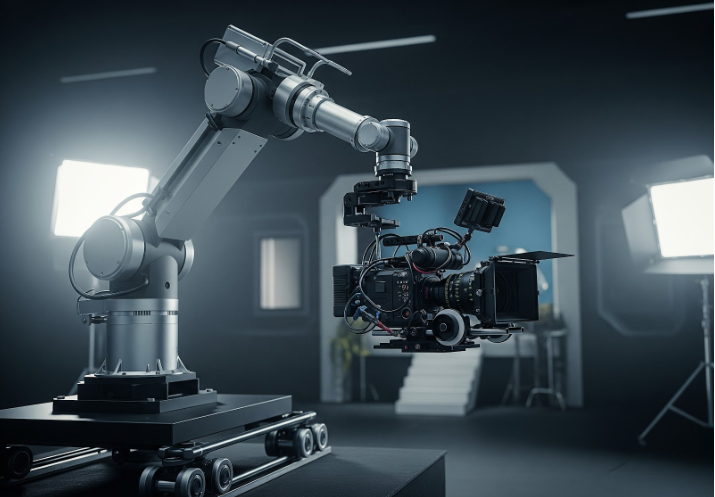Introduction
In today’s fast-paced media landscape, the demand for efficient and streamlined production workflows is higher than ever.
Automation, once a futuristic concept, has become a tangible force, reshaping every stage of content creation, from initial concept to final delivery.
This document explores the transformative impact of automation across pre-production, production, and post-production, highlighting its benefits and key applications.
Pre-Production: Laying the Automated Foundation
Pre-production, the foundational stage of any project, often involves extensive planning, scheduling, and resource allocation. Automation tools are revolutionizing these processes, leading to greater accuracy and significant time savings.
Automated Script Analysis and Breakdown
Advanced AI-powered software can now analyze scripts, identify key elements like characters, locations, props, and special effects, and even generate preliminary shot lists. This automation reduces the manual effort of script breakdown, accelerating the early planning stages.
| Feature | Traditional Method | Automated Method |
|---|---|---|
| Script Breakdown | Manual reading and tagging | AI-driven analysis |
| Character Identification | Human interpretation | Automatic extraction |
| Scene Scheduling | Manual calendar input | Optimized scheduling algorithms |
Smart Scheduling and Resource Management
Automation can optimize production schedules by considering factors such as crew availability, equipment needs, and location logistics. This leads to more efficient resource allocation and minimizes conflicts.
For scheduling new projects, consider using a smart scheduling tool to automatically suggest optimal timelines for your team. This can be reviewed with Person on Date.
Production: Enhancing Efficiency on Set
While the creative core of production remains human, automation is increasingly assisting in various aspects, boosting efficiency and consistency on set.
Robotic Camera Systems and Drones
Robotic camera systems offer precise, repeatable movements, ideal for complex shots and virtual production environments. Drones, often equipped with intelligent flight paths, capture stunning aerial footage with minimal human intervention.
Automated Data Wrangling
During production, vast amounts of data are generated. Automated data wrangling systems can instantly organize, back up, and categorize footage, metadata, and audio files, preventing data loss and streamlining post-production.
Post-Production: Accelerating the Final Touches
Post-production is arguably where automation has had the most significant impact, transforming tedious, time-consuming tasks into swift, efficient processes.
Automated Editing and Assembly
AI-powered editing tools can perform initial cuts, synchronize audio and video, and even suggest sequences based on predefined parameters. This frees up editors to focus on creative refinement.
A new project will kick off soon, and we will be utilizing automated editing software to streamline our workflow. Details will be shared at the project kickoff meeting. You can find the event here: Calendar event.
Color Grading and Audio Enhancement
Automated color grading tools can apply consistent looks across footage, while AI-driven audio solutions can clean up sound, remove noise, and optimize levels, drastically reducing the time spent on these tasks.
Automated Delivery and Archiving
Once a project is complete, automated systems can handle encoding, formatting for various platforms, and even secure archiving. This ensures fast and accurate delivery of final content.
Conclusion
The integration of automation into every stage of content creation is no longer a luxury but a necessity.
From accelerating pre-production planning to streamlining on-set operations and revolutionizing post-production workflows, automation empowers creators to produce high-quality content more efficiently than ever before.
As technology continues to evolve, the possibilities for automation in media production are boundless, promising an even more innovative future.





































